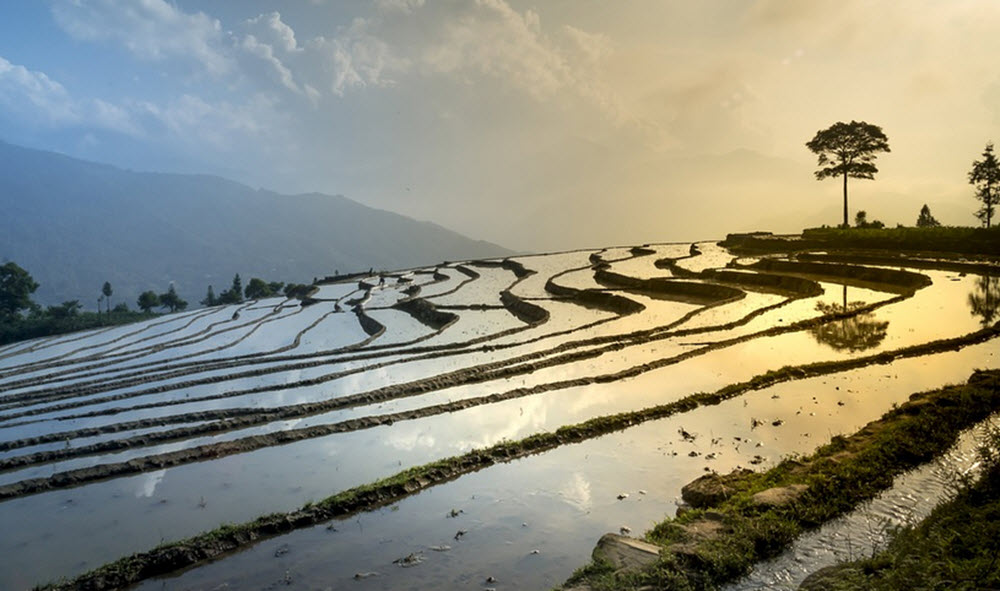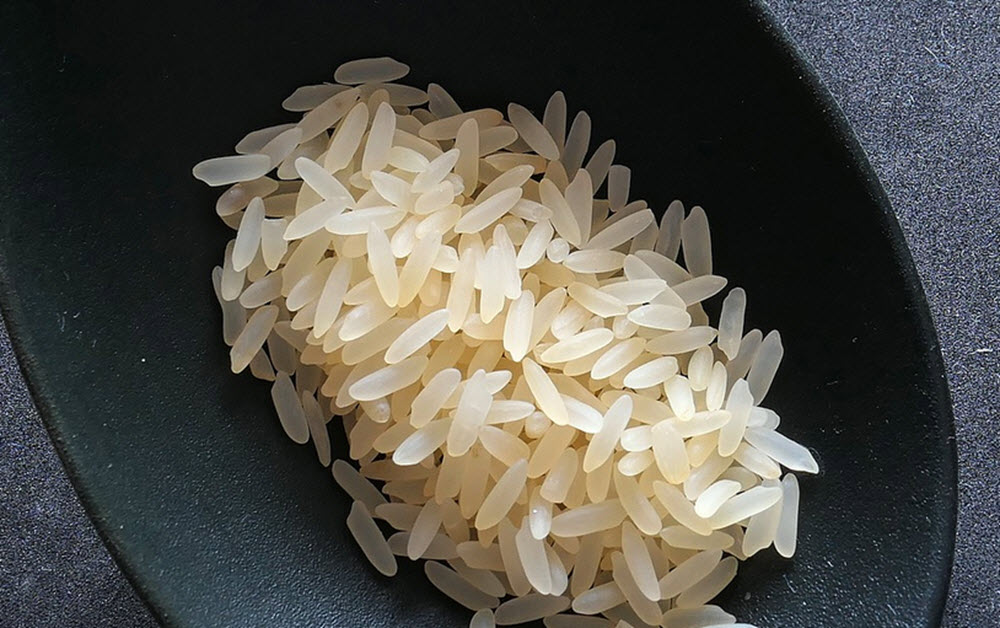Contents
Asian rice (Oryza sativa) is the most commonly farmed type of rice and has been cultivated in the Yangtze River basin for thousands of years. For over half of the world´s population, O. sativa is the major staple food.

Other examples of grains commonly sold as rice are Oryza glaberrima (African rice), and members of the genera Zizania and Porteresia (collectively referred to as” wild rice”). In some contexts, certain varieties of Oryza sativa are also marketed as wild rice.
Scientific classification
| Kingdom: | Plantae |
| Order: | Poales |
| Family: | Poaceae |
| Genus: | Oryza |
| Species: | Oryza sativa |
Oryza sativa is a grass.
There are two major subspecies:
- The Sinica variety, also known as Japonica. This subspecies produces sticky, short-grained rice.
- The Indica variety. This subspecies produces non-sticky, long-grained rice.
Sinica was domesticated in the Yangtze Valley and Indica was domesticated around the Ganges.
There is also a subspecies named Tropical Japonica, which is much more rare than both Japonica and Indica. It is a broad-grained rice and the plants thrive in tropical conditions.
Oryza sativa production
Oryza sativa rice is the agricultural commodity with the third-highest worldwide production, outpaced by only sugarcane and maize (corn). It is actually the main food crop for direct human consumption, since large quantities of sugarcane and maize are utilized for other purposes, such as animal feed and biofuel. Roughly 20% of the calories consumed by humans globally come from rice, and rice is vital for the energy intake of large chunks of the population in Asia, Africa and parts of Latin America & the Caribbean.
Rice is typically harvested when the moisture content is around 25%. The unmilled rice is known as paddy. Threshing of the paddy takes place either immediately after harvest or within a day or two. Then, the paddy is dried to bring the moisture content to a maximum of 20% before milling.
All the major rice producing countries are found in Asia, and the first non-Asian country (Brazil) does not show up until #10 on our list for the year 2019.
Top 10 rice producing countries in 2019
(Rice production in the year 2019 in millions of tonnes)
- China 211.4
- India 177.6
- Indonesia 54.6
- Bangladesh 54.6
- Vietnam 43.4
- Thailand 28.3
- Myanmar 26.3
- Philippines 18.8
- Pakistan 11.1
- Brazil 10.4
For 2019, the total world production of rice was 755.5 million metric tonnes.

Oryza sativa rice farming
A lot of the world production of rice is still carried out by small farmers in holdings of less than one hectare. The typical rice farming region will exhibit a combination of high rainfall and low agricultural labour costs, as rice requires a lot of water and the cultivation relies largely on manual labour.
One traditional method for growing rice is to use fields that are flooded for parts of the year. The field is flooded while setting the young seedlings, or soon after. When rice is grown on an incline, such as a mountain side, terrace systems are created to manage the water.
Flooding is not required to grow rice, but the water reduces problems with weeds and vermin. Also, without flooding, other irrigation solutions are needed, and the soil needs to be fertilized in a way that diverges from the traditional method.
Rice of the subspecies Japonica is chiefly cultivated in dry fields, although in Japan it is grown submerged. Japonica dominates the rice production in temperate East Asia, upland areas of Southeast Asia and high altitudes in South Asia.
Rice of the subspecies Indica is usually grown submerged, and dominates the rice production in lowland areas throughout tropical Asia.
Rice is a perennial plant, but is typically cultivated as an annual crop. If grown as a perennial instead, a tropical rice field can produce ratoon crops for up to 30 years. Ratooning the the practice of harvesting by cutting most of the above-ground portion but leaving the roots and the growing shoot apices unharmed, to allow the plant to grow back and produce a new crop.

